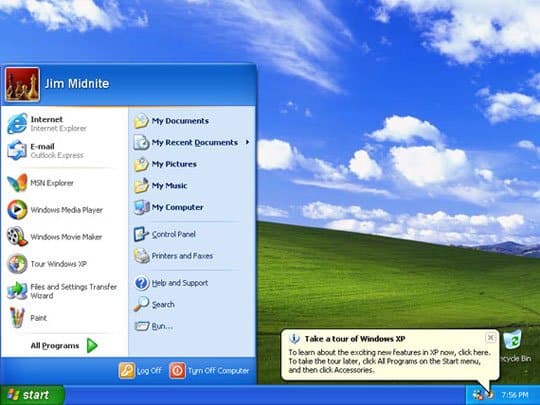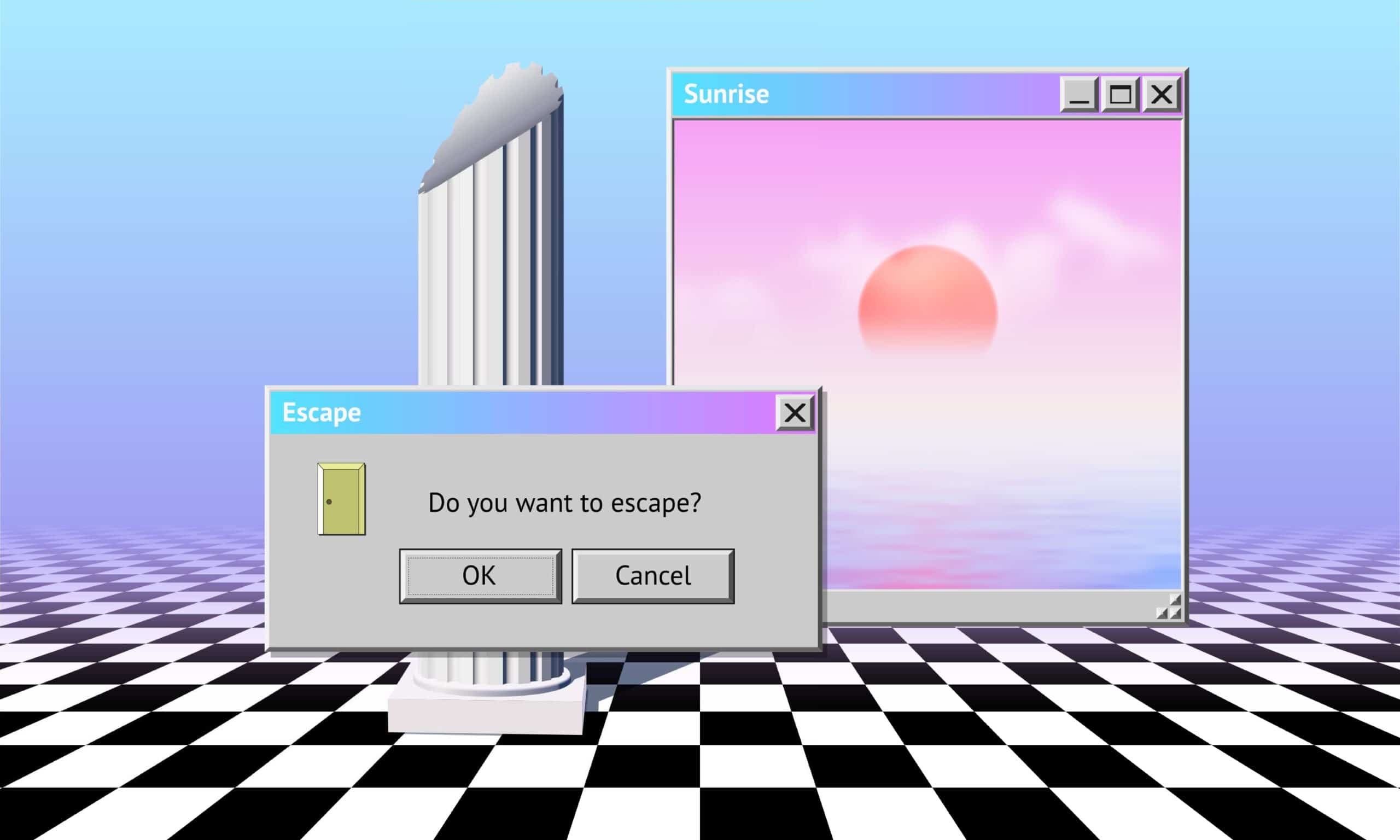The oldest versions of Windows tell a story of constant innovation, adaptation, and, ultimately, success. Microsoft’s flagship operating system is fast approaching its 40th anniversary and is going stronger than ever. While most computers now come installed with Windows 11, the operating system has a long history in business spaces, personal computing, and even enterprise servers.
So, it’s time for a trip down memory lane. You’ll see Windows go from its most humble and basic roots to the powerhouse of functionality it is today. The operating system is one of the few on the market that doesn’t rely on a kernel from Linux or Unix systems, being independently developed. As such, it has a rather interesting history.
Windows 1.0

1985 saw the debut of Windows in its first real form. The operating system was little more than an interface in its earliest days, running atop the popular MS-DOS on IBM-compatible PCs. The first version of Windows wasn’t a resounding success, as there were other more popular graphical interfaces competing.
Still, Microsoft was innovating as far back as 1985, with heavy use and reliance upon the mouse, which wasn’t a standard computer peripheral at the time. You can also find some early versions of Windows staples like Control Panel, Notepad, the Clipboard, Microsoft Paint, and the Calculator.
Windows 2
December of 1987 saw Microsoft launch Windows 2. Version 2 actually starts to shape the operating system into a form more reminiscent of future versions. Microsoft introduced overlapping program windows and desktop icons, which still persist even in Windows 11.
Windows 2 was mired in a bit of controversy from Microsoft’s competitor Apple. In a lawsuit that was eventually settled in 1994, Apple argued that the new Windows interface was too close to the operating system utilized by Apple’s Macintosh personal computer. The lawsuit would settle on the basis that a company couldn’t copyright the graphical interface of a system.
Windows 3.0
Windows 3.0 is where Microsoft really began to find its stride and saw its first notable successes. The operating system would debut in 1990 and brought a host of new features to the fore that have long since become staples.
Windows 3.0 introduced clickable icons, as well as media extensions that allowed for the playback and recording of audio. The operating system was a rousing success by all measures. It sold around 10 million copies in the first two years of its lifespan. Windows 3.0 would also introduce the TrueType font system. TrueType is still found in versions of Windows and other operating systems today.
Windows 95

Windows 95 is what can be thought of as the first modern version of Windows, despite its age. As the name denotes, it debuted in 1995, and there are some notable additions that make the operating system a winner.
Windows 95 is where the operating system booted natively into the Windows environment. Previous versions of Windows needed the MS-DOS framework to launch. 95 would also see the addition of the Start Menu, Taskbar, and Notification Tray. One of the most notable features was the move to 32-bit processing. This brought a level of power not seen in desktop PCs at the time.
Windows 98
Windows 98 wasn’t the most innovative version of the operating system, but it built upon the successes of Windows 95. This is where plug-and-play peripherals started to really gain traction. Windows 98 came with more robust support for the first version of the USB protocol.
Multimedia storage was also greatly expanded, as Windows 98 came with support for the newly released DVD format. A notable addition is Outlook Express, which was a popular email client until it was discontinued with the release of version 6. It also introduced an address bar in Windows Explorer.
Windows ME
Windows ME isn’t well-regarded in the annals of computing history. The operating system had numerous problems, despite being marketed as a more secure and polished version of Windows 98. This would be the last of the Windows systems to operate on a separate kernel and framework from Windows NT. Previously, the server and home versions of the operating system ran on different frameworks.
The only real notable addition to speak of is Hibernation mode. This allows users to put the computer to sleep at a minimal power state. While Windows ME is regarded as a misstep, the NT system still serves as the main framework for modern Windows versions to this day.
Windows XP

When many users think of Windows, XP is probably the version most fondly associated with it. Windows XP holds the distinction of having the longest support cycle, having been released originally in 2001 and losing support in 2014.
Among other additions are a redesigned Start Bar, the Vista wallpaper, and a redesigned Task Bar. Windows XP was a resounding success and was built on the backbone of Windows 2000. XP also saw the addition of 64-bit support, which would become common in the coming years.
Windows Vista
2007 saw the release of Windows Vista. Vista is perhaps the most maligned version of Windows, and for good reason. While the operating system would introduce a transparent appearance and Windows search, it had its drawbacks.
Previous versions of Windows had weaker security measures, something Vista was meant to rectify. However, the additional security code resulted in a slow and sluggish operating system. This was particularly evident when compared to its immediate predecessor. Vista did introduce the Windows DVD Maker, but would also prove to be unpopular in the long run.
Windows 7
Windows 7 is likely the most beloved of recent Windows versions. Debuting in 2009, Windows 7 would be the first of the operating system family to really embrace multi-core computing. Previous versions of Windows worked well with dual- and quad-core systems. However, Windows 7 would really allow processors to distribute loads evenly across applications.
Windows 7 also introduced Virtual Hard Disk (VHD) files as a native format. This allowed for better native virtual machine support, especially when coupled with the native Hyper-V manager. Windows 7 holds the distinction of being the best-selling operating system of all time. Microsoft shipped 240 million licenses of the operating system.
Windows 8
Windows 8 was a radical departure from previous versions of the operating system. This is where Microsoft really tried to square up against Android and iOS. While the concept was a good one, it would be lambasted for losing some of the traditional Windows feel.
Windows 8.1 would rectify some of this, but this was an overall great addition to the family. Windows 8 was faster than its forebears, while also bringing native apps that ran in full screen without borders. 8 and 8.1 weren’t the most popular but did allow for a full desktop operating system on compatible tablets.
Windows 10

Windows 10 holds the record after 7 for overall popularity. The operating system would be replaced by Windows 11, but there were some notable features it brought to the table. User logins could be done with a PIN, fingerprint, or facial recognition.
Enterprise versions really benefited from this functionality, in addition to the usual smart cards. Windows 10 also brought DirectX 12, which is still fairly prominent in PC gaming. The operating system would see the replacement of the long-time default browser Internet Explorer. Microsoft Edge still served as the default web browser, built on the same framework as Google’s Chrome.
Closing Thoughts
Windows as an operating system has one of the most diverse and interesting histories. It really showcases the priority and needs of the computing community as time goes on. You can see the advances in technology directly through what Microsoft prioritized for support. This list will surely grow in the coming decades, especially as newer versions come out to meet the needs of modern users.
The image featured at the top of this post is ©Swill Klitch/Shutterstock.com.
